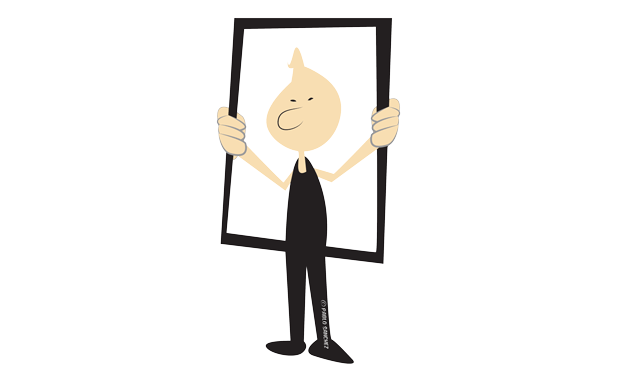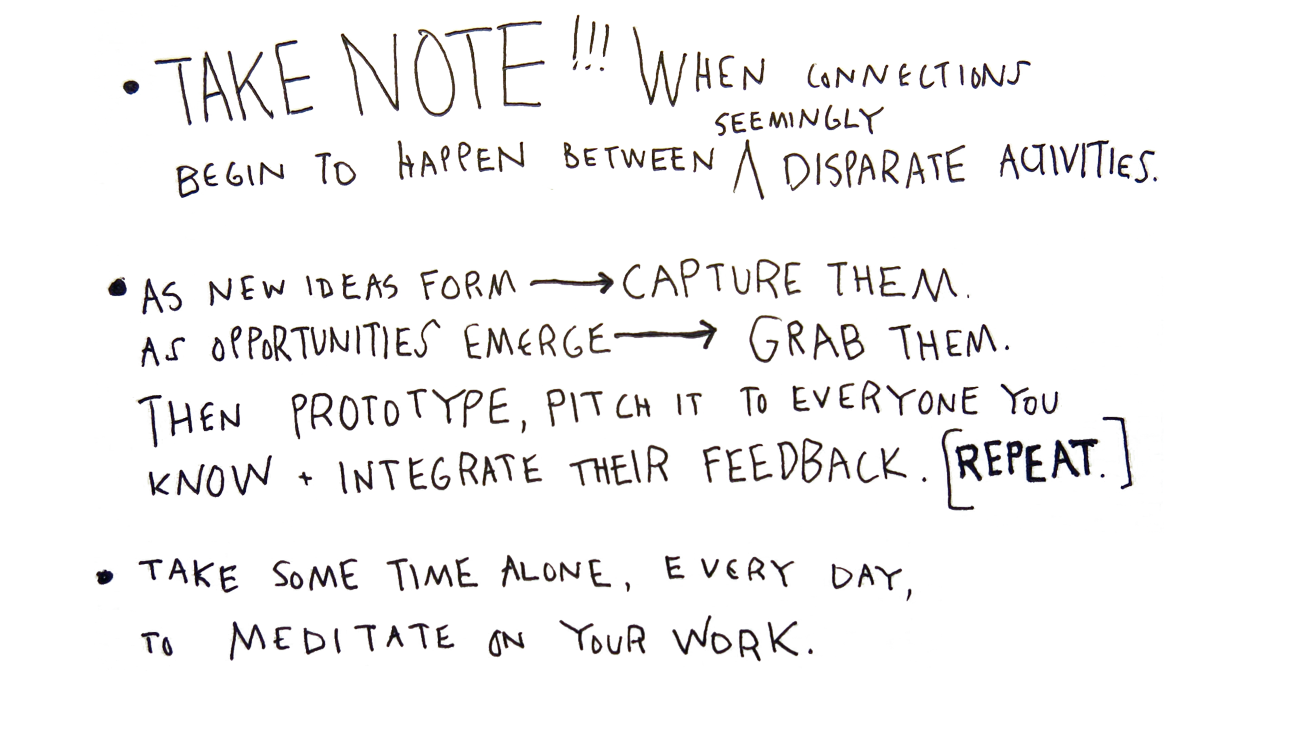It starts with a vision…
Last year a group of friends got together to create vision boards. The process was designed to stay in-tune with your intuition. Searching through images on magazines and just stopping at anything that caught your initial attention. Without judgment or too much thought. It didn’t matter if it was just a color, a word, an object or a beautiful landscape. Something had attracted you to it and you get to pay attention to that something. What was it? Where did it lead? What did it mean?
This was such a fun exercise. Dreaming and thinking of all these pleasant things flowing into your life. Giving us direction and excitement.
As a kid, I loved drawing, painting and building stuff. And I imagined working on creative projects in a nice office with wide-open spaces filled with natural light, art supplies and fancy gadgets – overlooking a scenic view of the city. This was my earliest vision, as far as I can remember, of my ideal work place where I would spend my day doing what I liked to do best.
Fast forward several years, daydreaming becomes a welcome escape. In between social media and checking emails, off I’ll go into that magical place, sometimes just a few miles from where I sat. On a beach or on a wooden trail not too far in the distance.
One day, I was sitting in my office when I remembered this childhood vision and realized that most of the details I had once dreamt were all around me. The tools, the work, even the nice city view. Though at this point my goals have evolved, having a new vision of the future that you want to see is still an important part of getting there.
Intent
Shortly after the vision boards were made, I thought it would be a fun idea to write intent letters and hand them to some of my friends in the vision group for safekeeping. Then at the end of the year, hand them back to their author to check in on what had actually happened that year in relation to what they wrote. Intent letters could be goals you wanted to accomplish for yourself, a general state of well being that you aim to have or how you want carry yourself as you go about your year.
The good thing about having your intent on paper and placing it in someone else’s hands is the added motivation to make good on it. It will also prompt you to look a little bit deeper into your intent and ask, how exactly will I make this happen?
“Now what needs to be done?”
This is a great mantra from the book Constructive Living by David Reynolds. A great question to ask once you have your goals in place but don’t quite know where to go next.
Which leads us to…
Frameworks
How do you go from having an idea to getting it done? Here’s the part where most people including myself run into walls. And this is why my exploration on frameworks will be a long-term effort of discovering, molding and testing methods that have worked well for me in the past and then trying them on entirely different problems to solve.
Using design as an example, IDEO’s human-centered design is a popular framework that uses phases of discovery, ideation and creating prototypes. This process has been successfully used to solve problems ranging from designing everyday objects that people use (they designed the original version of that mouse you are using on your mac), to community issues such as how to bring clean water to a remote village.
Here’s an example of how a San Francisco artist Elle Luna has molded IDEO’s method to fit her own needs in creating successful art projects. You can read Elle Luna’s inspiring article The Crossroads of Should and Must where you can find out more about her process illustrated below.
© Elle Luna
Since I design motion graphic videos for businesses, I’ve also been fascinated by The Lean Startup methodology, by Eric Ries, on solving startup problems. This method flips some of the conventional approach and uses a minimum viable product (MVP) to quickly test your hypothesis and learn through feedback and data. Using a continuous innovation loop as a way to build up to scale.
How does this apply to our non-tech and non-startup readers? The takeaway is in validating your ideas before investing too much of your time and resources on a project that doesn’t work or a product that nobody wants.
The purpose of this is not to give you a specific model to use (your goals may not match the frameworks of the examples given) but to encourage you to look around and see what has worked well, perhaps in a different field, or in a different activity that you excel in and to make that connection on it’s application to your particular objective or problem to solve. Build your own modified version and refine it as you move along.
How about you? What methods have worked well for your goals? Which areas do you feel stuck?
Oh, and here’s a great tip on how to start creating productive routines. Enjoy!







